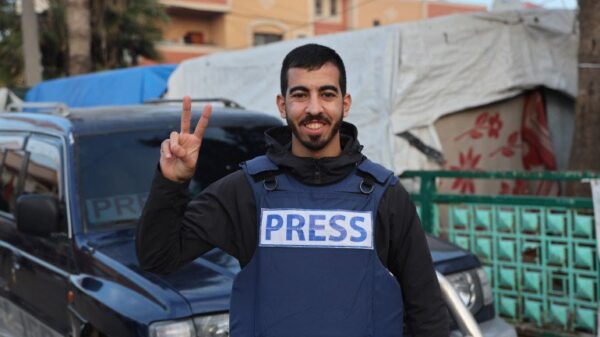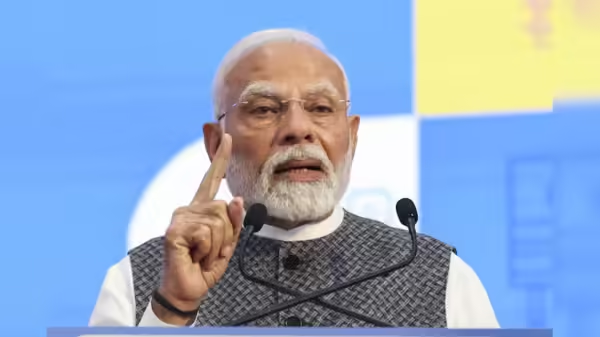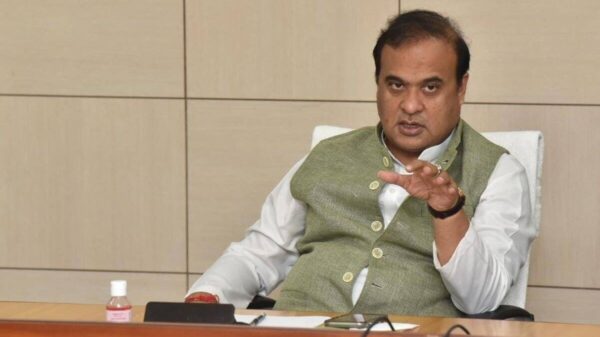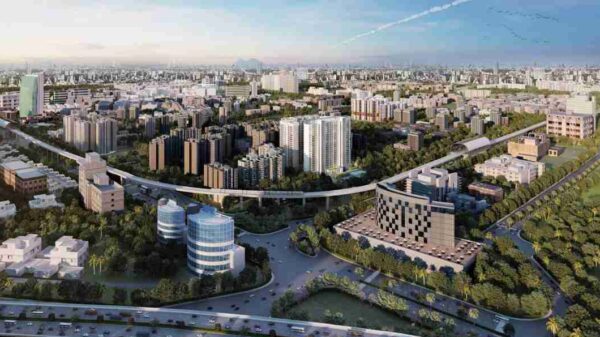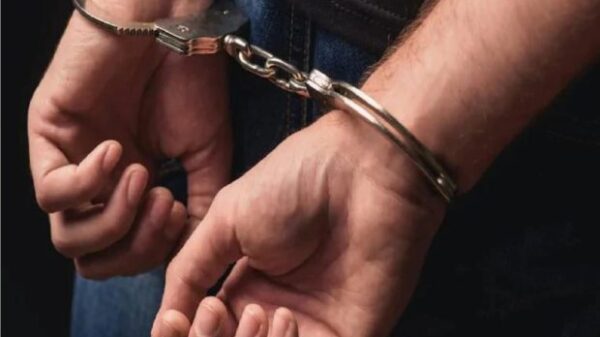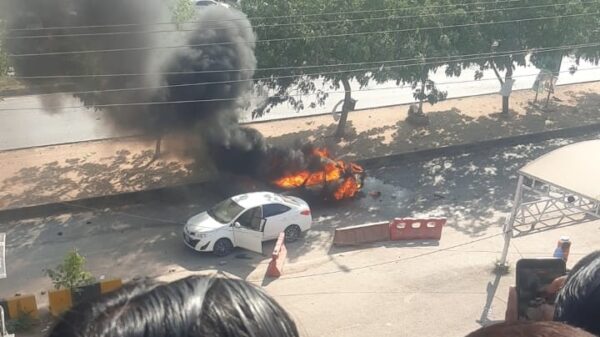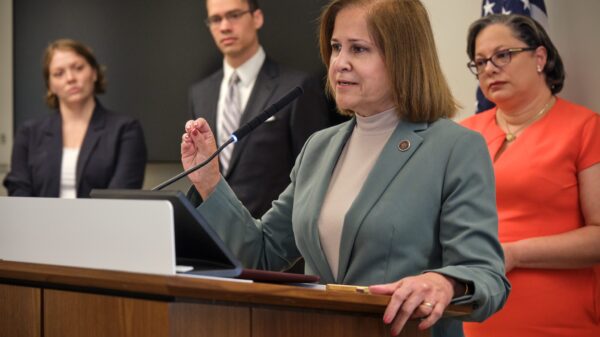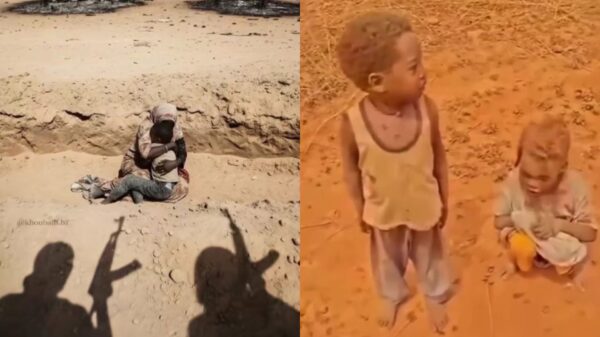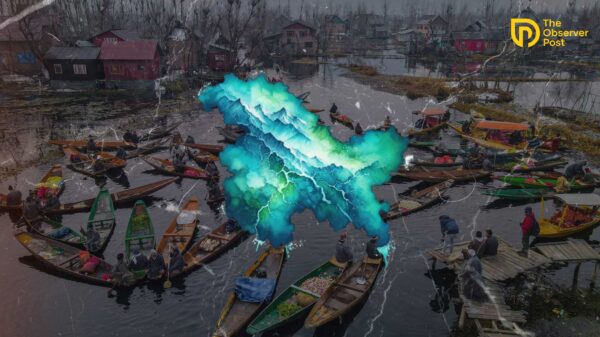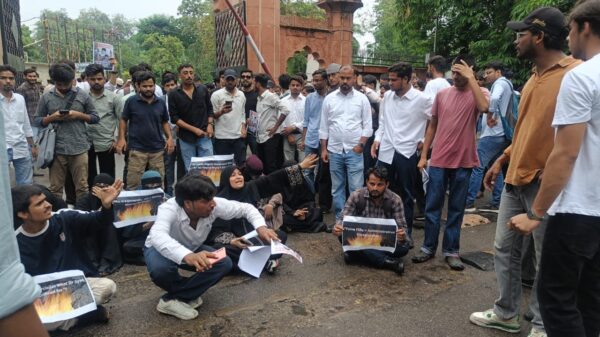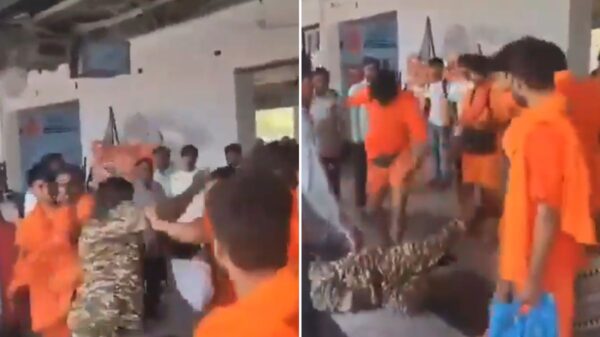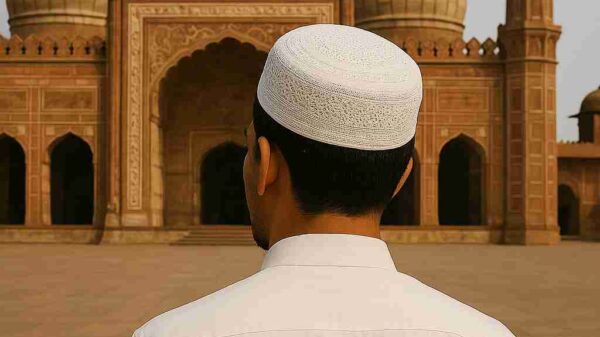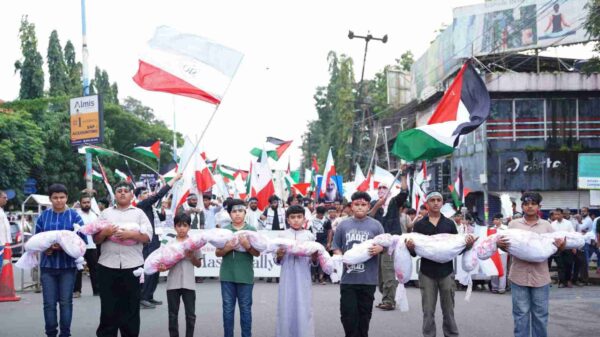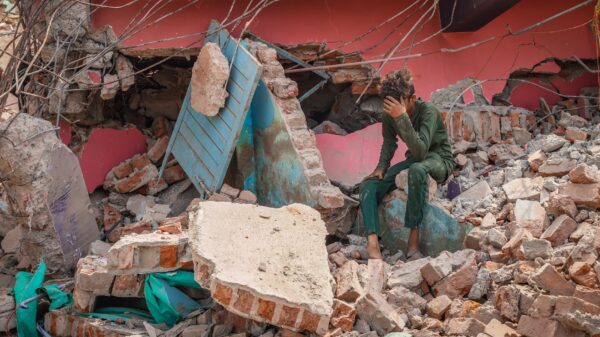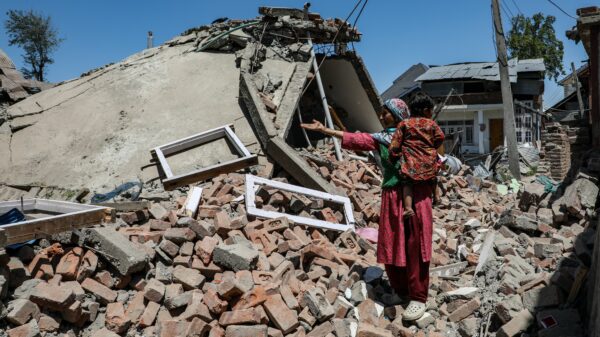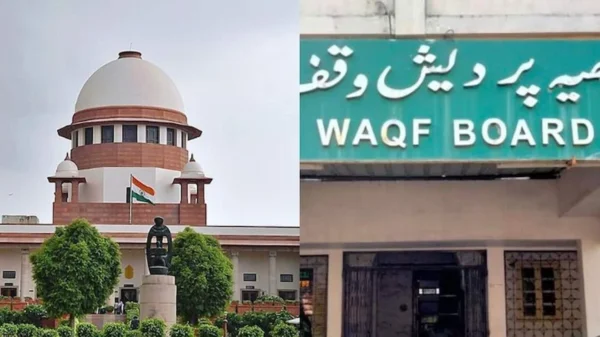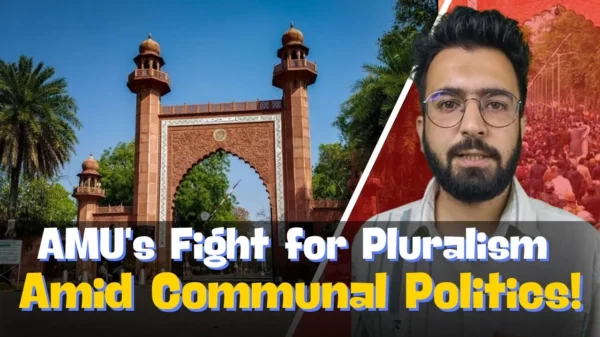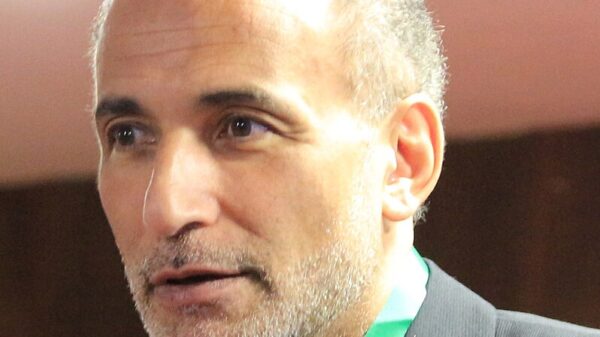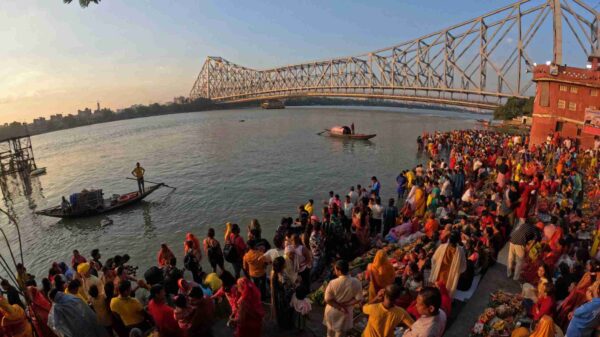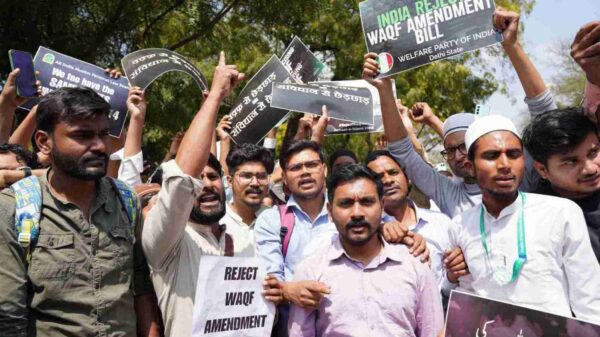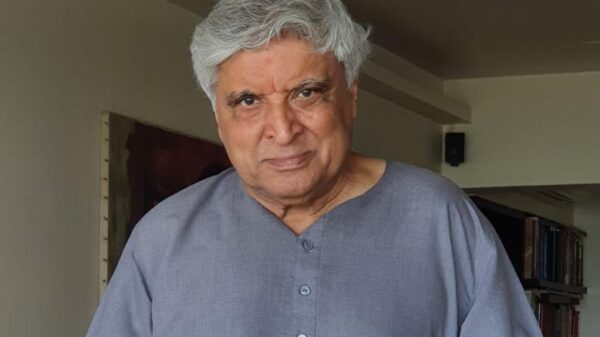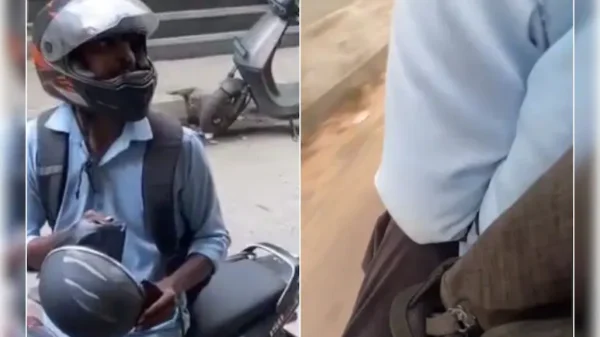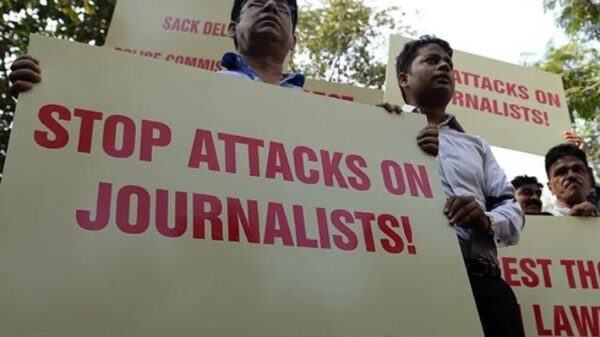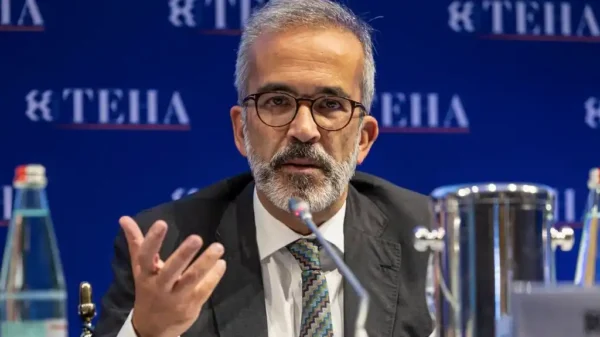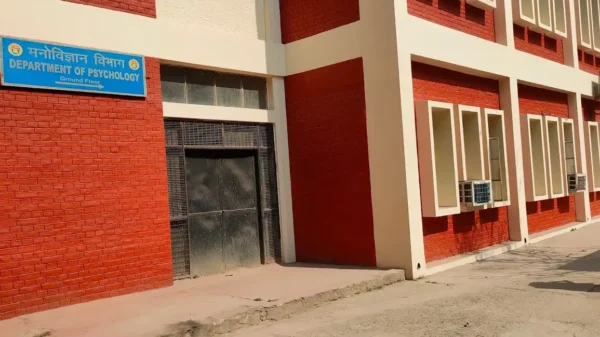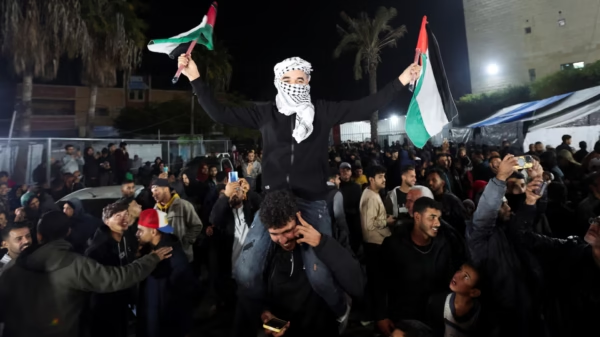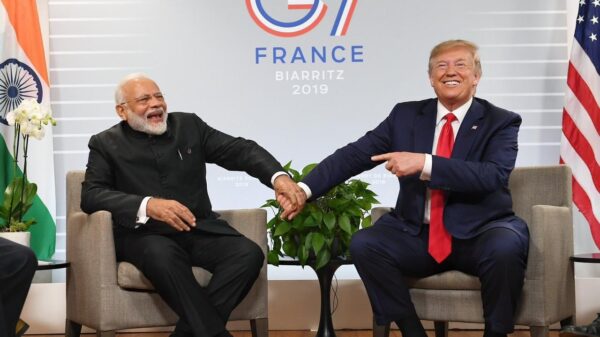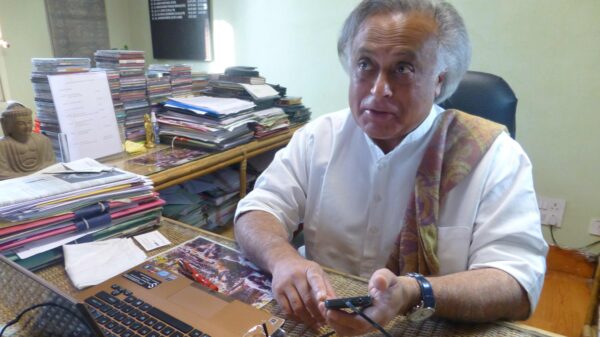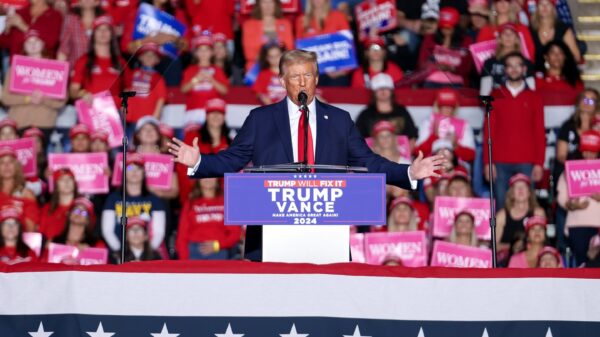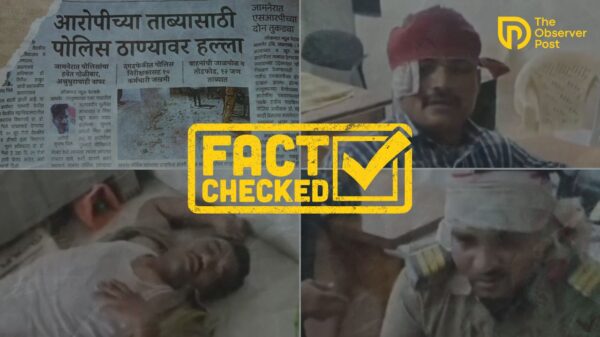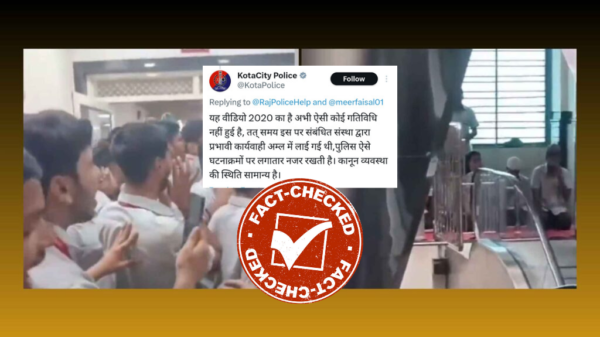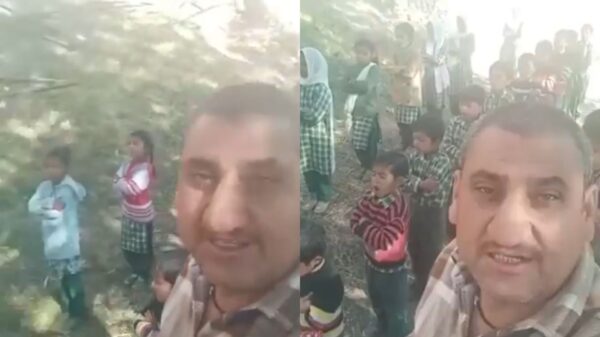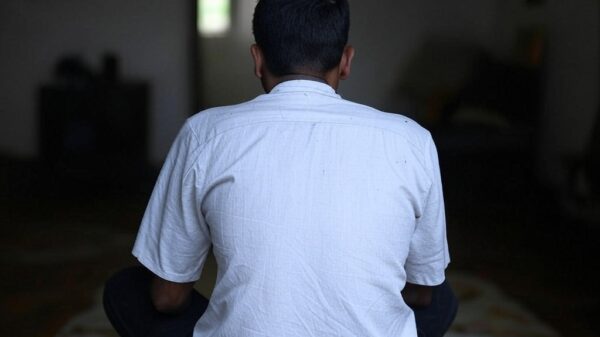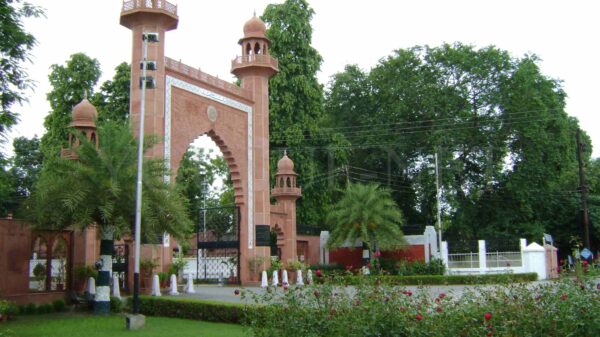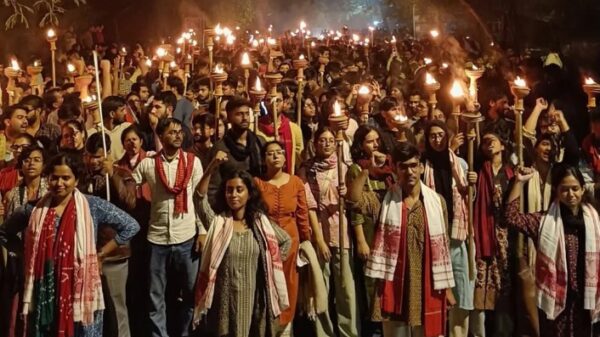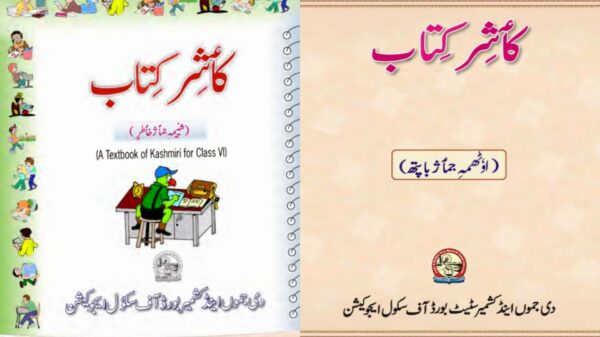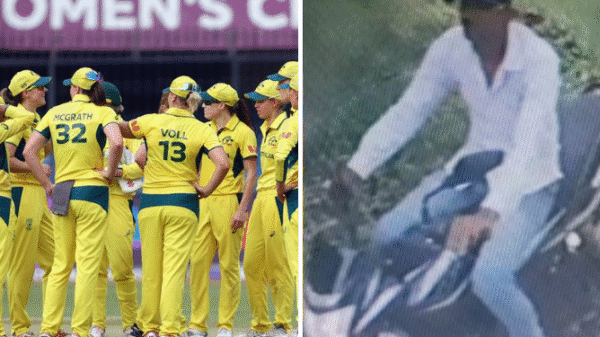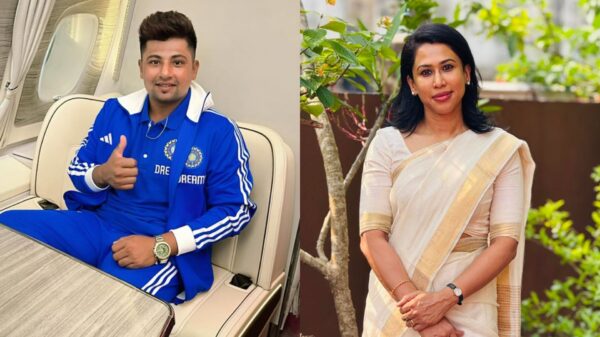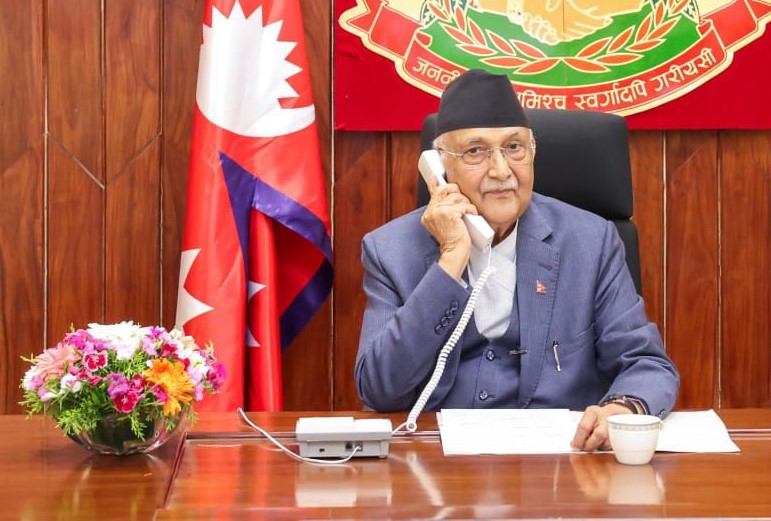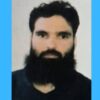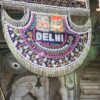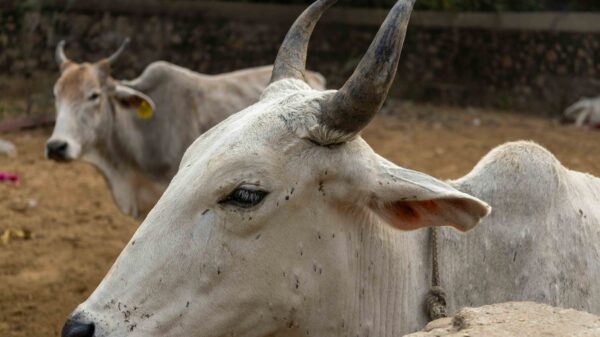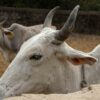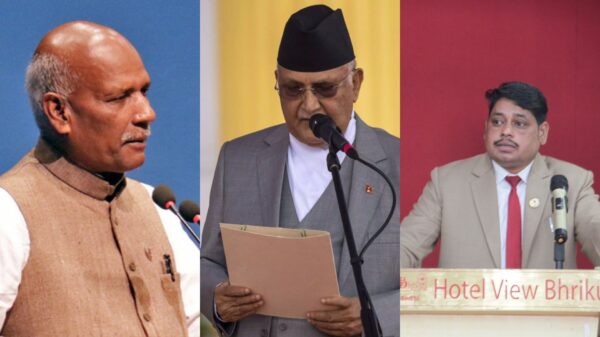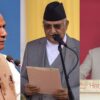Nepal’s Prime Minister K P Sharma Oli resigned on Tuesday after massive student-led protests swept the country, leaving at least 19 people dead and more than 300 injured, according to local media. His resignation came just hours after hundreds of demonstrators stormed his office shouting anti-government slogans.
The protests, driven largely by young people and students, began earlier this week and quickly turned violent. Crowds broke into Parliament, set fire to the building, and attacked the private residences of senior leaders, including President Ram Chandra Poudel, Prime Minister Oli, and former prime ministers Pushpa Kamal Dahal (Prachanda) and Sher Bahadur Deuba. Energy Minister Deepak Khadka’s residence was also targeted.
Home Minister Ramesh Lekhak resigned earlier amid growing unrest.
In the streets, protesters chanted slogans such as “KP Chor, Desh Chhod” (KP thief, leave the country), “Don’t kill students,” and “Take action against corrupt leaders.” Demonstrators also burned tyres to block roads in Kathmandu’s Kalanki area and hurled stones at the residence of Communication Minister Prithvi Subba Gurung in Lalitpur district.
Eyewitnesses described scenes of chaos in Kathmandu and nearby Lalitpur, where protests spread rapidly. “The youth are angry, they want accountability and an end to corruption,” one protester said.
As the situation worsened, the Nepali Army was deployed in the capital, taking control of roads around the Parliament complex in New Baneshwor.
Authorities responded by imposing strict curfews in Kathmandu, Lalitpur, and Bhaktapur districts. In Kathmandu, the curfew began at 8:30 am and will continue until further notice. Lalitpur authorities ordered restrictions from 9 am to midnight in areas including Bhaisepati and Sanepa, while Bhaktapur extended curbs to several municipalities.


